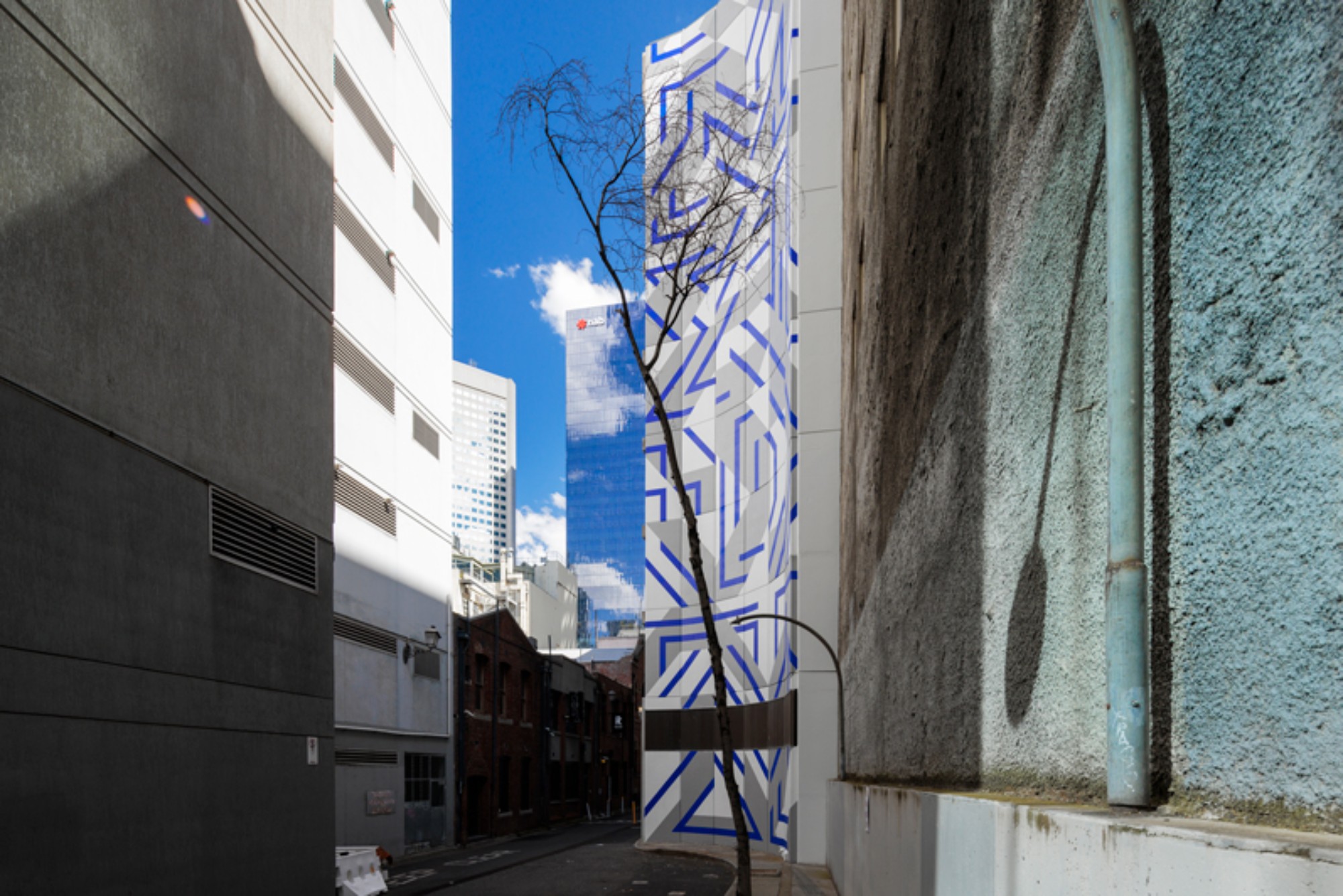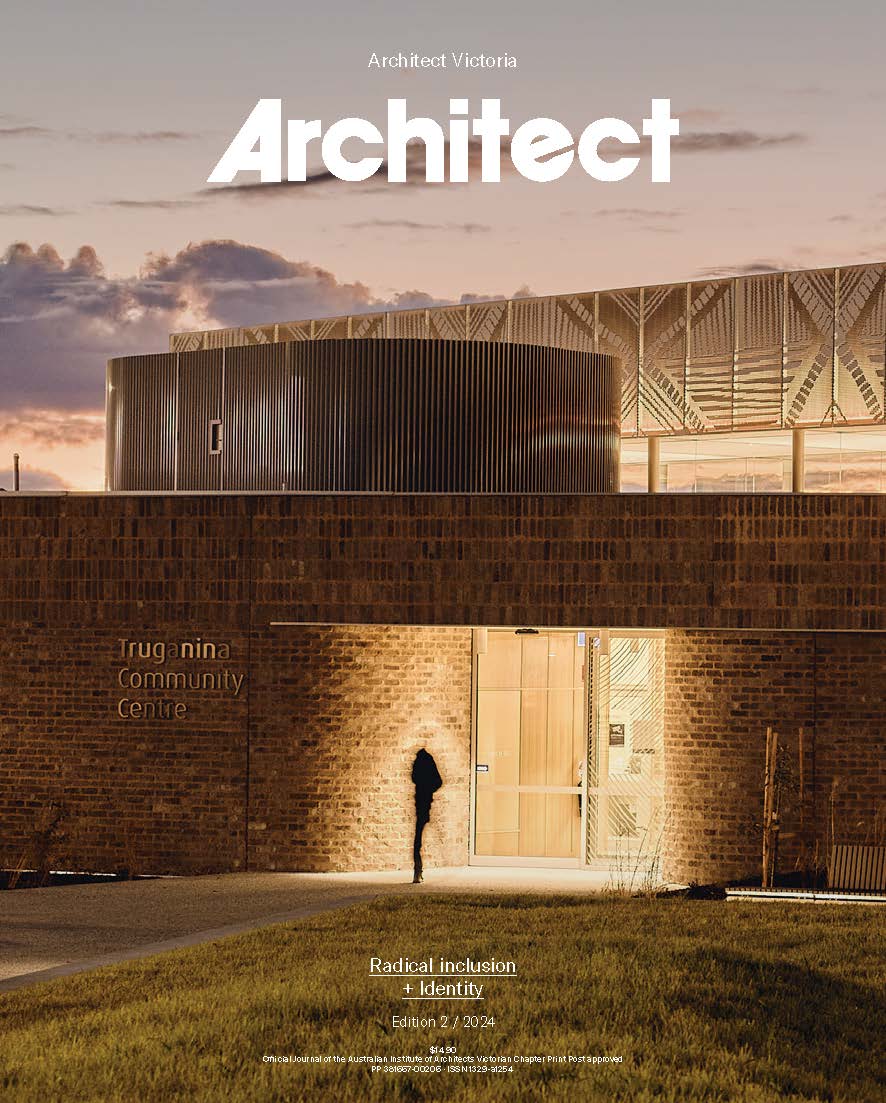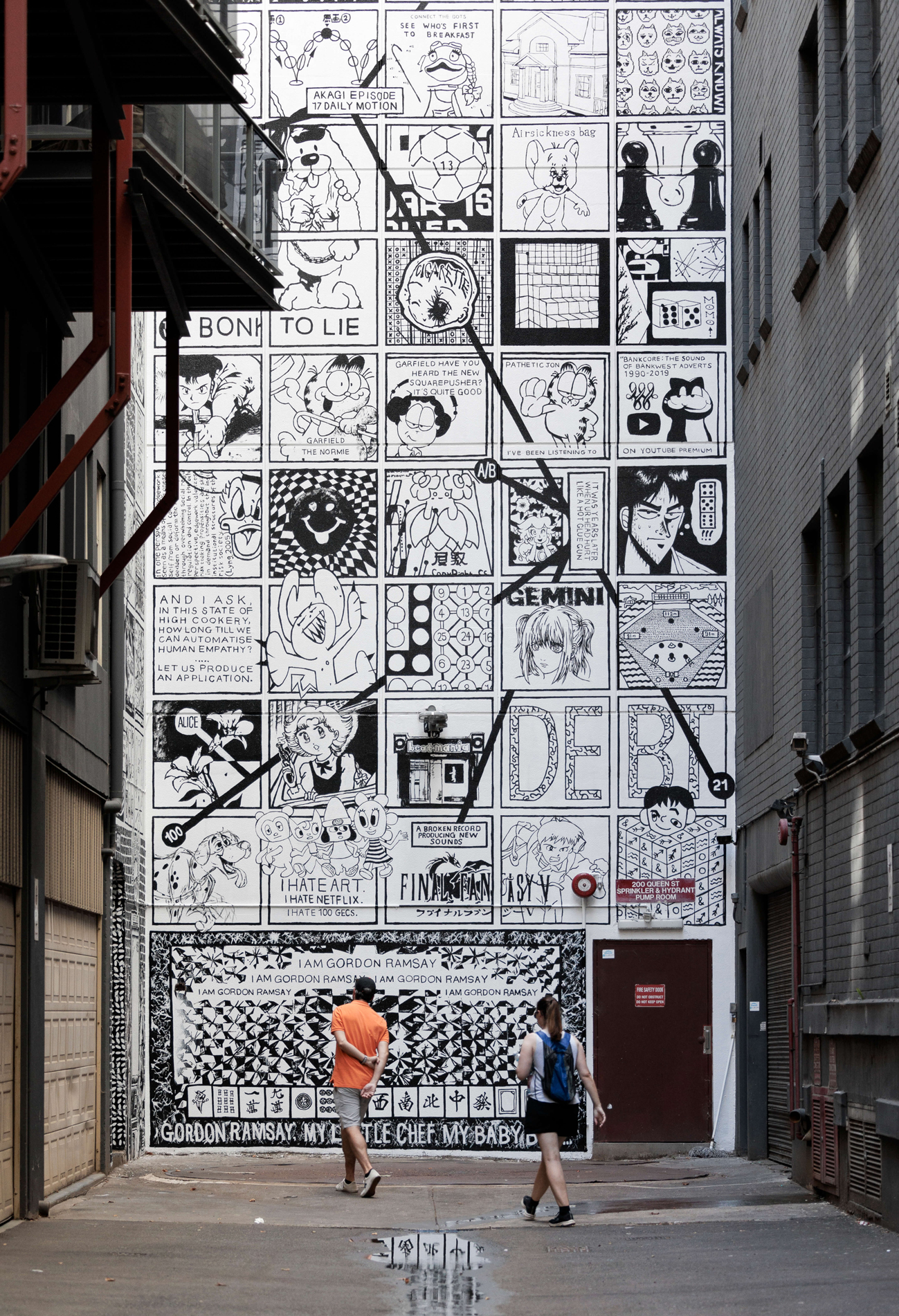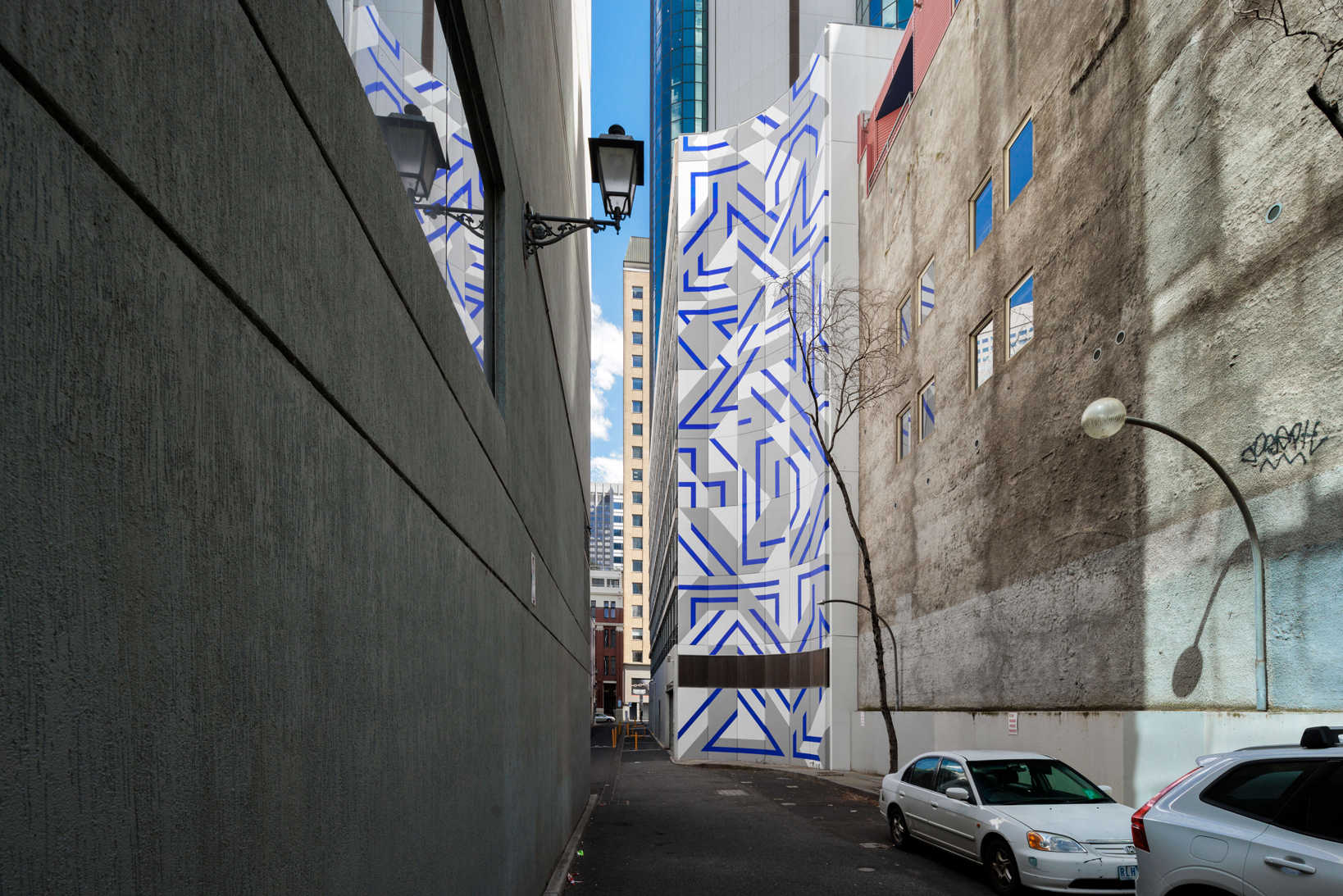No I.D.s

Historical graffiti, and more recently, forms of street art exist as a rich archive of the life and times of a city and the many layers of its identity. I began photographing Melbourne’s graffiti in the late 1980s, when the local version of New York graffiti was coming of age. In the early 1990s, I rode every street of the Melbourne suburb of Springvale, recording the racist graffiti of the One Nation era on the rear of shops and in parks, with their slogans marking the disintegration of Yugoslavia.
At that time, it was still possible to see signs of vintage political graffiti across Melbourne. For example, the hand painted ‘Impeach Ford’ on a factory wall near Huntingdale referred to US President Ford controversially pardoning Richard Nixon in 1974, and a local version, ‘Lynch Fraser’, on an underpass in Glen Waverley, referencing prime minister Fraser’s Treasurer, Lynch, who was embroiled in scandal before being replaced by John Howard in 1977.
In the 2000s, on a house in Scotchmer St, Fitzroy North, I found the cryptic phrase ‘NOIDS’, which I initially took to refer to paranoia and anxiety. Only on closer inspection were the faded spray-painted punctuation marks visible – it read No I.D.s, a legacy of protests against the proposed introduction of a national identity card by the Hawke government in 1987. Dubbed the Australia Card, the identity card proposal sparked a public firestorm, compared at the time to the burning of mining licences at the Eureka Stockade. These debates remain relevant today; the Australia Card was referred to as the “building blocks of surveillance”. Soon after seeing this, I listened to a Rwandan Bishop explain how the issuing of identity cards by the German, then Belgian, colonial administrations in Rwanda had formalised and hardened tribal affiliations, laying the foundations for the later conflict. Far from being reassuring, identities could be divisive, and their formal control and regulation suspect. These political slogans, now all cleaned off or painted over, belong to an earlier era.
Jumping forward into the late 1990s in Melbourne, the explosion of written graffiti was overtaken by the advent of the figurative imagery of street art in the inner suburbs, which was galvanised by the 2003 political protests against the war in Iraq. In street art, politics was no longer about clever slogans but rather, the circulation of meme-like visual imagery, using mass production techniques such as stencilling and posters. Politics itself was moving away from party politics and a focus on political leaders, and towards the broader arena of cultural politics and everyday life.
In 2020-2022, as creative director of the City of Melbourne’s Flash Forward project, I curated the installation of 40 art works in Melbourne’s laneways, (paired with the commissioning of forty albums by local musicians by co-director Miles Brown). Drawing on Melbourne’s rich archive of graffiti and street art, Flash Forward commissions would be semi-permanent additions to the city becoming, over time, part of the identity of Melbourne and the next layer of the archive.
One example of the Flash Forward commissions takes a constellation of three artworks in two adjoining lanes – Crown Place (a short access lane running south of Lonsdale Street with towering buildings on either side) and Goldie Place (a dog-leg street with a modern carpark on one side, a jazz club on the other). The topography of these sites was complex – a mix of orientations and scales, with no obvious walls to be painted. However, as with the best street art, the eventual works responded to both social and spatial context.
On a curved, vertical sliver of wall over four levels, the pioneering graffiti writer and designer known as MERDA, painted a work in greys and blue. MERDA’s work represents the high modernism of graffiti, always cleanly rendered and using complex geometrical effects. Utilising remixed typographic elements, this work also tugs at childhood memories of the 1980s, playing with small plastic puzzles where squares could be rearranged to complete an image.
Adjacent to MERDA’s piece, atop a wall messily rendered in sprayed concrete, is Jarra Karalinar Steel’s work which sits as part of a series that transects the CBD. Steel is of Boon Wurrung, Wemba Wemba, Trawlwoolway, English and Scottish descent. This work reads, simply: You Are on Country, rendered in green neon-like lighting. In a city where land is claimed by naming rights and corporate logos on buildings, this work provides a counter-narrative of a different relationship to the earth.
In the laneway at the back of these two works is a mammoth painted mural by the artist known as Bootleg Comics. Hand-painted in black and white, across four storeys, is a grid of dense squares, each with cartoon elements that mix autobiography with imagery drawn from pan-Asian and internet cultures. The work is topped with a giant bear, with three-dimensional claws. Presented as the cover of a comic book, the meaning of the work is fragmented and opaque. Eyes zoom across its surface, looking for purchase. Its effects are humourous but also nauseating and unsettling, like a day of doom-scrolling.
As part of the Flash Forward program, these three works inherit the traditions of political graffiti and street art, mixing dazzling graffiti abstractions with faux-corporate signage and deranged comic book aesthetics. Like the best of these genres, they resonate and clash with each other and the spaces around them. Each work reaches back to earlier traditions of graffiti and political protest while, taken together, they also stretch forward to new modes of identity – ones that identity cards can never capture.
Professor Lachlan MacDowall is the director of the MIECAT Institute. As a writer, photographer and curator, his work explores forms of urban informality and modes of research that mix genres, images and data.

Published online:
18 Oct 2024
Source:
Architect Victoria
Radical inclusion + Identity
Edition 2 / 2024






